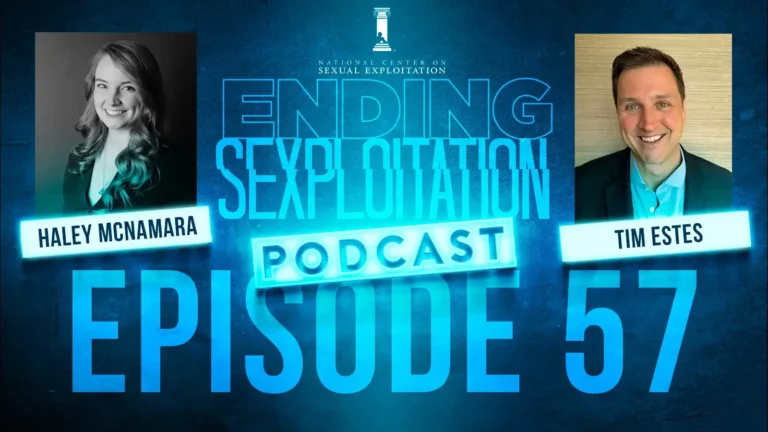The World Health Organization’s International Classification of Diseases (ICD) list is updated every few years to recognize new diseases and lead global professionals in diagnosing and treating new mental and physical illnesses. The upcoming revision (ICD-11), scheduled to be implemented in Jan. 2022, has added Compulsive Sexual Behavior Disorder (CSBD) to the list. As Robert Weiss, a sexologist and addiction therapist told Salon, “This is, without doubt, a watershed moment for the mental health and addiction communities… It’s similar to when alcoholism and drug addiction were finally officially recognized in the 1970s. This really is a big deal.”
The ICD is used by more than 100 countries and is translated into 43 different languages. It unifies health professionals and sets the standards for “defining and reporting diseases and health conditions” worldwide. It will bring CSBD to the attention of physicians, nurses, researchers, policy-makers, insurers, and most importantly, those struggling with the disorder. This is a significant step forward toward addressing the harms associated with compulsive sexual behaviors.
The official ICD-11 definition of Compulsive Sexual Behavior Disorder is:
A persistent pattern of failure to control intense, repetitive sexual impulses or urges resulting in repetitive sexual behaviour. Symptoms may include repetitive sexual activities becoming a central focus of the person’s life to the point of neglecting health and personal care or other interests, activities and responsibilities; numerous unsuccessful efforts to significantly reduce repetitive sexual behaviour; and continued repetitive sexual behaviour despite adverse consequences or deriving little or no satisfaction from it. The pattern of failure to control intense, sexual impulses or urges and resulting repetitive sexual behaviour is manifested over an extended period of time (e.g., 6 months or more), and causes marked distress or significant impairment in personal, family, social, educational, occupational, or other important areas of functioning. Distress that is entirely related to moral judgments and disapproval about sexual impulses, urges, or behaviours is not sufficient to meet this requirement.
In this era of #MeToo it’s important to note that CSBD is not to be used to excuse illegal or violent behavior, like that committed by the Poster Boys of #MeToo on NCOSE’s Dirty Dozen List. In the Salon article mentioned above, Dr. Weiss went on to explain, “Sex addiction/compulsivity is not in any way related to illegal or sexually violent behavior . . . Sex addiction/compulsivity is defined by three things: preoccupation to the point of obsession with sexual fantasies and behavior; loss of control over sexual fantasies and behavior, typically evidenced by multiple failed attempts to quit or cut back; and negative life consequences directly related to a person’s out of control sexual behaviors . . . Things like illegality and violence do not factor into the diagnosis at all,” he added. “Moreover, the vast majority of sex addicts never engage in illegal or violent sexual behavior.” So, sorry Harvey Weinstein, CSBD might be on the WHO’s list, but that doesn’t take you off our’s.
The classification of CSBD will help people with uncontrollable or unhealthy sexual behavior to develop a healthier sex life. It supports the notion that there is a growing unhealthy attitude towards sex perpetuated in culture and the media which is bleeding into the lives of individuals and families. It will help spur further research into the issue and raise awareness of the harmful effects of living in a pornified culture. The addition of CSBD to the “global health information standard” is an exciting moment for all those in the movement to end sexual exploitation.
For more information about this major development for advocates of healthy sexual relationships see this excellent article by The Reward Foundation. Another source for a detailed review of this important news is available at Yourbrainonporn.com. Additional information on the public health impacts of pornography can be found at endsexualexploitation.org/publichealth/.



